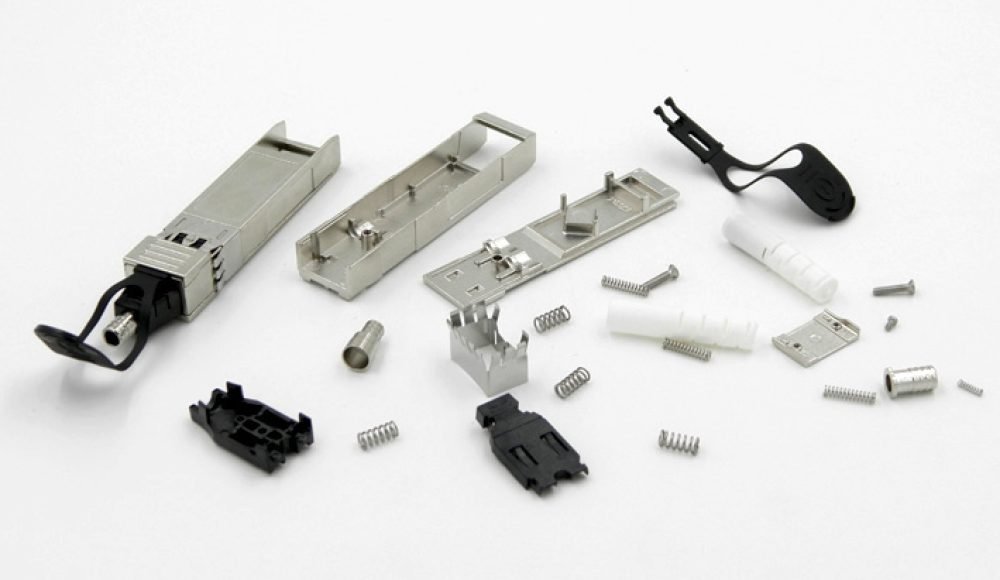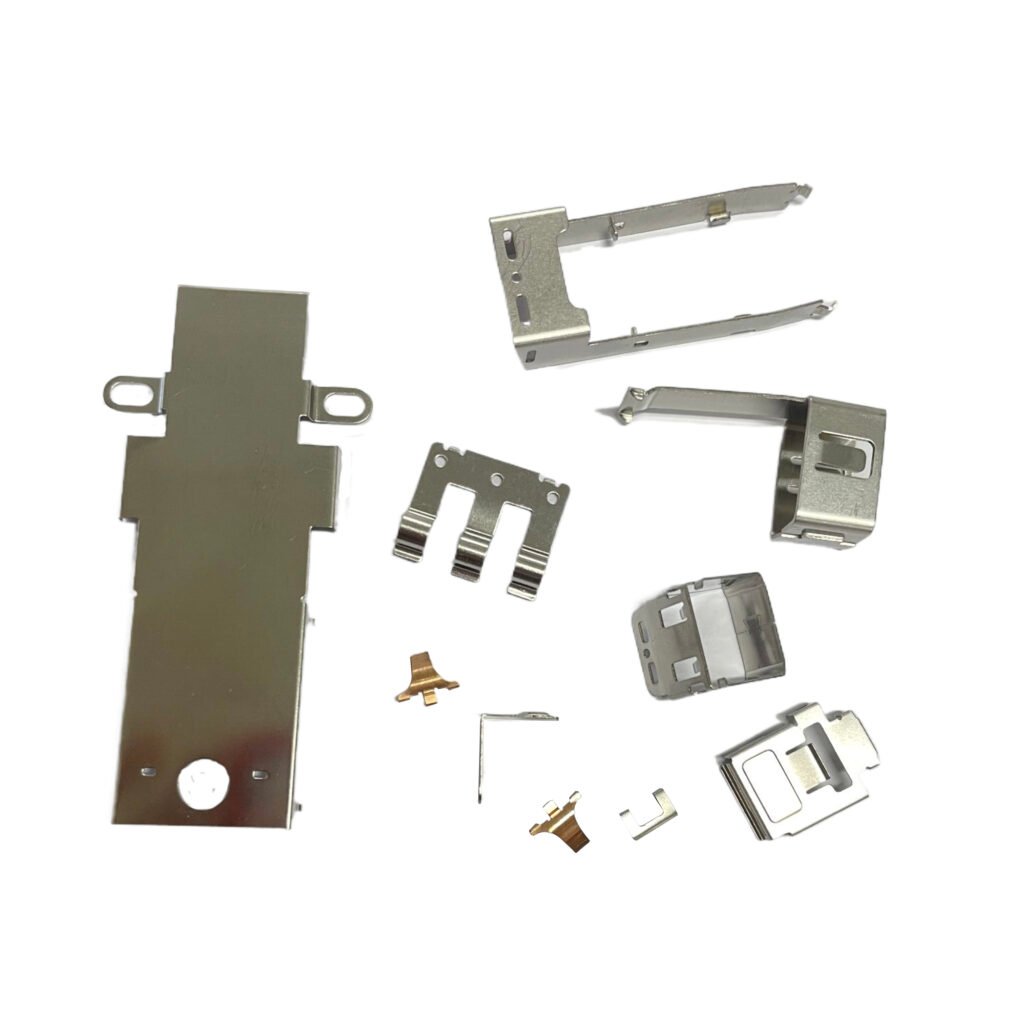Introduction to Die Casting and Optical Module Housing
Optical module housing is a critical component in the telecommunications and data transfer industries. These housings protect sensitive optical components and ensure reliable performance in various environmental conditions. The significance of optical module housing lies in its ability to maintain the integrity and efficiency of optical signals, which are crucial for high-speed data transmission. To achieve this, optical module housings must meet stringent requirements for precision, durability, and effective thermal management.

Precision is essential to ensure that the optical components are accurately aligned, minimizing signal loss and maintaining the quality of data transmission. Durability is necessary to protect the optical modules from physical damage and environmental factors, extending the lifespan of the components. Thermal management is also crucial, as it helps dissipate heat generated during operation, preventing overheating and ensuring consistent performance.
Given these requirements, die casting emerges as an ideal manufacturing technique for optical module housing. Its ability to produce high-precision components with excellent mechanical properties makes it well-suited to meet the demands of the telecommunications and data transfer industries. This introduction sets the stage for a deeper exploration of how die casting effectively addresses the specific needs of optical module housing.
Advantages of Using Die Casting for Optical Module Housing
Die casting has emerged as an exemplary process for manufacturing optical module housing, offering several distinct advantages that cater specifically to the needs of this industry. One of the primary benefits is the high precision and consistency that die casting provides. The process allows for the production of intricate designs with tight tolerances, which is crucial for the functionality and reliability of optical modules. As optical modules often require complex geometries and exact specifications, die casting ensures that each unit meets these demanding requirements with minimal variation.
Diversified available materials
Furthermore, the choice of materials in die casting, such as aluminum and zinc alloys, adds significant value to the optical module housing. Aluminum alloys are particularly favored for their excellent thermal conductivity, which is essential in managing the heat generated by optical components. On the other hand, zinc alloys are known for their durability and strength, providing robust protection for sensitive optical elements. These materials not only enhance the thermal management and structural integrity of the optical modules but also contribute to their longevity and reliability.
Cost Efficienc
From a cost perspective, die casting is highly advantageous, especially in mass production scenarios. The process is inherently efficient, capable of producing large quantities of components with high repeatability and minimal waste. This efficiency translates to lower per-unit costs, making it an economically viable option for manufacturers. Additionally, die casting’s ability to produce complex shapes with minimal post-processing further reduces manufacturing time and costs, allowing for faster production cycles and quicker time-to-market for optical modules.
Another significant advantage of die casting is its contribution to the overall performance of optical modules. The process ensures superior surface finishes and tight tolerances, which are critical for the optical performance and alignment of the modules. These attributes help in minimizing signal loss and improving the overall efficiency of optical communication systems. Case studies have demonstrated the successful application of die casting in producing high-quality optical module housing, underlining its effectiveness and reliability in this specialized field.
We sincerely hope to cooperate with you to build our future together!





